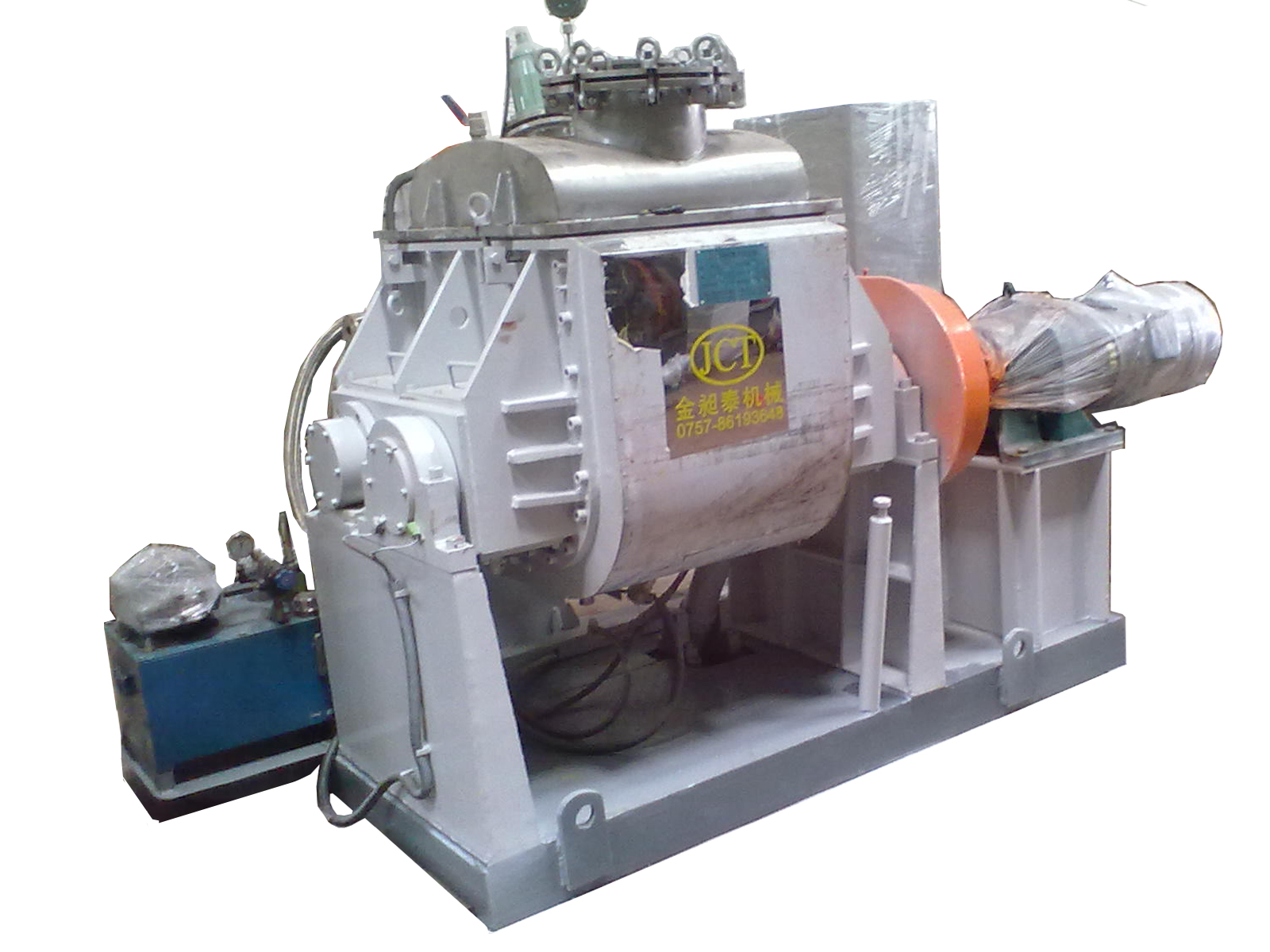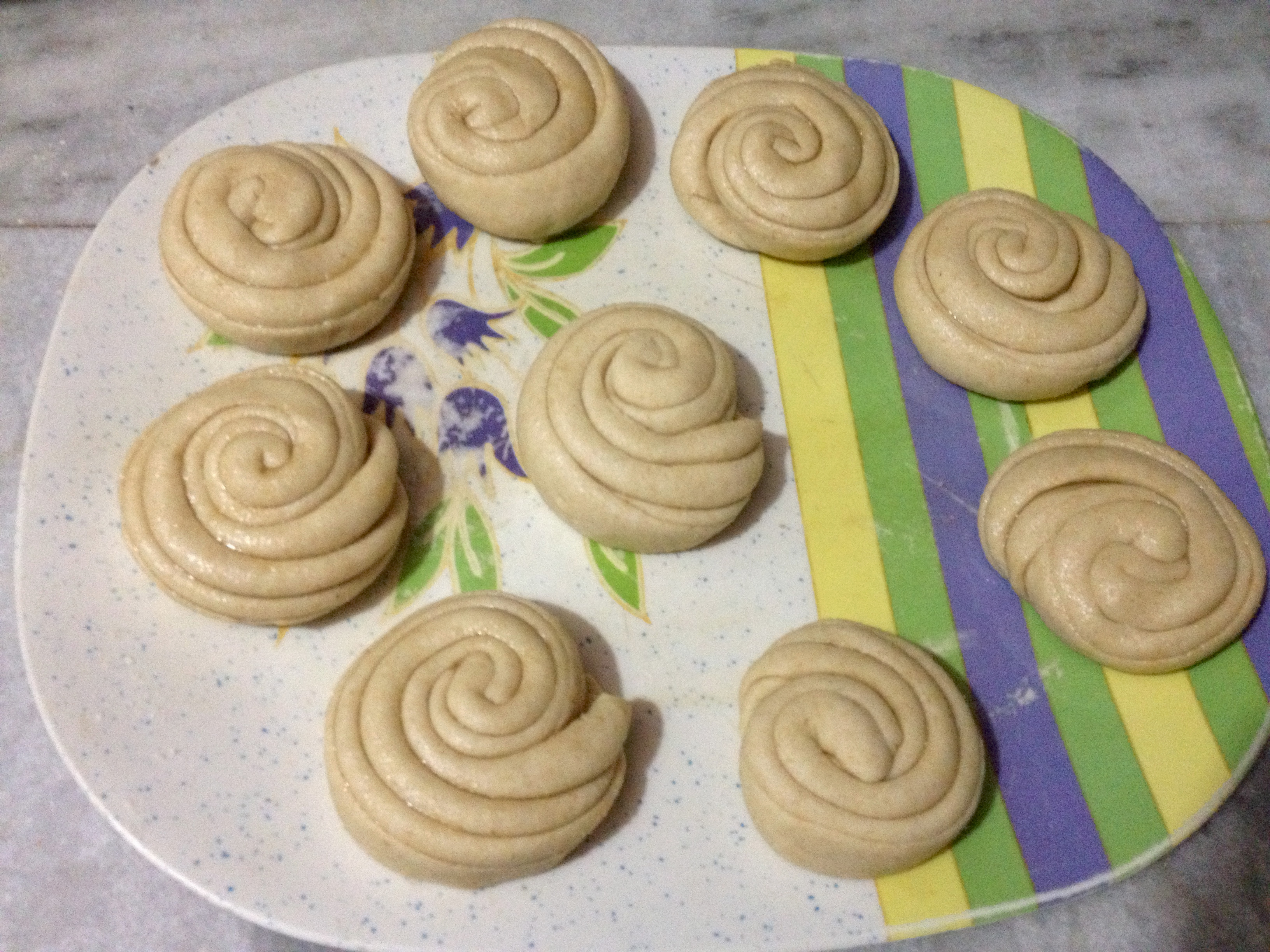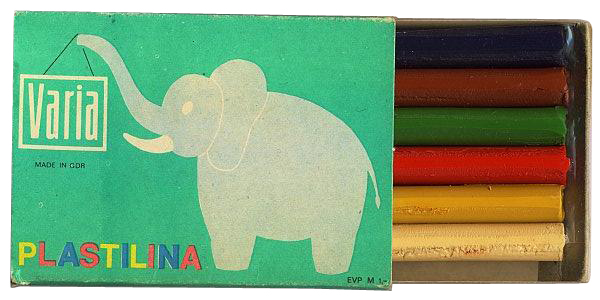|
Kneader Reactor
A kneader reactor (or kneading reactor) is a device used for mixing and kneading substances with high viscosity. Many industries, such as the food processing, utilize kneader reactors to produce goods, as for example, polymers or chewing gum. Although the machine has existed for decades, kneader reactors are only recently gaining popularity in the processing industry. Description The kneading reactor is a horizontal mixing machine with two Sigma, or Z-type blades. These blades are driven by separate gears at different speeds, one running 1.5 times faster than the other. The reactor has one powerful motor and a speed reducer to drive the two blades. The kneader reactor usually has a W-type barrel with a hydraulic tilt that turns it, and a heating jacket outside. Usage The kneader reactor uses very high viscosity materials such as chewing gum, dough, toffee, Plasticine, rubber, silicone, adhesive or resin. These materials have a viscosity of approximately 1,000,000 cps. The ... [...More Info...] [...Related Items...] OR: [Wikipedia] [Google] [Baidu] |
Machine
A machine is a physical system using Power (physics), power to apply Force, forces and control Motion, movement to perform an action. The term is commonly applied to artificial devices, such as those employing engines or motors, but also to natural biological macromolecules, such as molecular machines. Machines can be driven by Animal power, animals and Human power, people, by natural forces such as Wind power, wind and Water power, water, and by Chemical energy, chemical, Thermal energy, thermal, or electricity, electrical power, and include a system of mechanism (engineering), mechanisms that shape the actuator input to achieve a specific application of output forces and movement. They can also include computers and sensors that monitor performance and plan movement, often called mechanical systems. Renaissance natural philosophers identified six simple machines which were the elementary devices that put a load into motion, and calculated the ratio of output force to input fo ... [...More Info...] [...Related Items...] OR: [Wikipedia] [Google] [Baidu] |
Mixing (process Engineering)
In industrial process engineering, mixing is a unit operation that involves manipulation of a heterogeneous physical system with the intent to make it more homogeneous. Familiar examples include pumping of the water in a swimming pool to homogenize the water temperature, and the stirring of pancake batter to eliminate lumps (deagglomeration). Mixing is performed to allow heat and/or mass transfer to occur between one or more streams, components or phases. Modern industrial processing almost always involves some form of mixing.Ullmann, Fritz (2005). Ullmann's Chemical Engineering and Plant Design, Volumes 1–2. John Wiley & Sons. http://app.knovel.com/hotlink/toc/id:kpUCEPDV02/ullmanns-chemical-engineering Some classes of chemical reactors are also mixers. With the right equipment, it is possible to mix a solid, liquid or gas into another solid, liquid or gas. A biofuel fermenter may require the mixing of microbes, gases and liquid medium for optimal yield; organic nitration re ... [...More Info...] [...Related Items...] OR: [Wikipedia] [Google] [Baidu] |
Kneading
In cooking (and more specifically baking), kneading is a process in the making of bread or dough, used to mix the ingredients and add strength to the final product. Its importance lies in the mixing of flour with water; when these two ingredients are combined and kneaded, the gliadin and glutenin proteins in the flour expand and form strands of gluten, which gives bread its texture. (To aid gluten production, many recipes use bread flour, which is higher in protein than all-purpose flour.) The kneading process warms and stretches these gluten strands, eventually creating a springy and elastic dough. If bread dough is not kneaded enough, it will not be able to hold the tiny pockets of gas (carbon dioxide) created by the leavening agent (such as yeast or baking powder), and will collapse, leaving a heavy and dense loaf. Kneading can be performed by hand (the traditional way), with a mixer equipped with a dough hook, or with a bread machine. In hand kneading, the dough is put ... [...More Info...] [...Related Items...] OR: [Wikipedia] [Google] [Baidu] |
Viscosity
The viscosity of a fluid is a measure of its resistance to deformation at a given rate. For liquids, it corresponds to the informal concept of "thickness": for example, syrup has a higher viscosity than water. Viscosity quantifies the internal frictional force between adjacent layers of fluid that are in relative motion. For instance, when a viscous fluid is forced through a tube, it flows more quickly near the tube's axis than near its walls. Experiments show that some stress (such as a pressure difference between the two ends of the tube) is needed to sustain the flow. This is because a force is required to overcome the friction between the layers of the fluid which are in relative motion. For a tube with a constant rate of flow, the strength of the compensating force is proportional to the fluid's viscosity. In general, viscosity depends on a fluid's state, such as its temperature, pressure, and rate of deformation. However, the dependence on some of these properties ... [...More Info...] [...Related Items...] OR: [Wikipedia] [Google] [Baidu] |
Food Industry
The food industry is a complex, global network of diverse businesses that supplies most of the food consumed by the world's population. The food industry today has become highly diversified, with manufacturing ranging from small, traditional, family-run activities that are highly labor-intensive, to large, capital-intensive and highly mechanized industrial processes. Many food industries depend almost entirely on local agriculture, produce, or fishing. It is challenging to find an inclusive way to cover all aspects of food production and sale. The UK Food Standards Agency describes it as "the whole food industry – from farming and food production, packaging and distribution, to retail and catering." The Economic Research Service of the USDA uses the term ''food system'' to describe the same thing, stating: "The U.S. food system is a complex network of farmers and the industries that link to them. Those links include makers of farm equipment and chemicals as well as fir ... [...More Info...] [...Related Items...] OR: [Wikipedia] [Google] [Baidu] |
Chewing Gum
Chewing gum is a soft, cohesive substance designed to be chewed without being swallowed. Modern chewing gum is composed of gum base, sweeteners, softeners/ plasticizers, flavors, colors, and, typically, a hard or powdered polyol coating. Its texture is reminiscent of rubber because of the physical-chemical properties of its polymer, plasticizer, and resin components, which contribute to its elastic-plastic, sticky, chewy characteristics. History The cultural tradition of chewing gum seems to have developed through a convergent evolution process, as traces of this habit have arisen separately in many early civilizations. Each early precursor to chewing gum was derived from natural growths local to the region and was chewed purely out of the instinctual desire to masticate. Early chewers did not necessarily desire to derive nutritional benefits from their chewable substances but at times sought taste stimuli and teeth cleaning or breath-freshening capabilities. Chewing gum ... [...More Info...] [...Related Items...] OR: [Wikipedia] [Google] [Baidu] |
Processing Industry
Process manufacturing is a branch of manufacturing that is associated with formulas and manufacturing recipes,Difference Between Discrete and Process Manufacturing BatchMaster Blog. and can be contrasted with , which is concerned with discrete units, bills of materials and the assembly of components. Process manufacturing is also referred to as a 'process industry' which is defined as an industry, such as the chemical or petrochemical industry, that is concerned with the processing of bulk resources into other products. Process manufacturing is common [...More Info...] [...Related Items...] OR: [Wikipedia] [Google] [Baidu] |
Dough
Dough is a thick, malleable, sometimes elastic paste made from grains or from leguminous or chestnut crops. Dough is typically made by mixing flour with a small amount of water or other liquid and sometimes includes yeast or other leavening agents, as well as ingredients such as fats or flavorings. Making and shaping dough begins the preparation of a wide variety of foodstuffs, particularly breads and bread-based items, but also including biscuits, cakes, cookies, dumplings, flatbreads, noodles, pasta, pastry, pizza, piecrusts, and similar items. Dough can be made from a wide variety of flour, commonly wheat and rye but also maize, rice, legumes, almonds, and other cereals or crops. Types of dough Doughs vary widely depending on ingredients, the desired end product, the leavening agent (particularly whether the dough is based on yeast or not), how the dough is mixed (whether quickly mixed or kneaded and left to rise), and cooking or baking technique. There is no fo ... [...More Info...] [...Related Items...] OR: [Wikipedia] [Google] [Baidu] |
Toffee
Toffee is a confection made by caramelizing sugar or molasses (creating inverted sugar) along with butter, and occasionally flour. The mixture is heated until its temperature reaches the hard crack stage of . While being prepared, toffee is sometimes mixed with nuts or raisins. Variants and applications A popular variant in the United States is ''English toffee'', which is a very buttery toffee often made with almonds. It is available in both chewy and hard versions. Heath bars are a brand of confection made with an English toffee core. Although named ''English toffee,'' it bears little resemblance to the wide range of confectionery known as toffee currently available in the United Kingdom. However, one can still find this product in the UK under the name "butter crunch". Conversely, in Italy they are known as "mou candies". Etymology The origins of the word are unknown. Food writer Harold McGee claims it to be "from the Creole for a mixture of sugar and molasses", b ... [...More Info...] [...Related Items...] OR: [Wikipedia] [Google] [Baidu] |
Plasticine
Plasticine is a putty-like modelling material made from calcium salts, petroleum jelly and aliphatic acids. Though originally a brand name for the British version of the product, it is now applied generically in English as a product category to other formulations. Plasticine is used for children's play and as a modelling medium for more formal or permanent structures. Because of its non-drying property, it is a material commonly chosen for stop-motion animation, including several Oscar-winning films by Nick Park. History Franz Kolb, owner of a pharmacy in Munich, Germany, invented an oil-based modelling clay in 1880. At the time, the city was a centre for the arts, and among Kolb's circle of friends were sculptors. They complained about how with the clay they were using for modelling, their sculptures would dry too fast and that — particularly in winter —, it was too difficult to work with. In order to commercialize his invention, he presented it to the Faber-Caste ... [...More Info...] [...Related Items...] OR: [Wikipedia] [Google] [Baidu] |
Rubber
Rubber, also called India rubber, latex, Amazonian rubber, ''caucho'', or ''caoutchouc'', as initially produced, consists of polymers of the organic compound isoprene, with minor impurities of other organic compounds. Thailand, Malaysia, and Indonesia are three of the leading rubber producers. Types of polyisoprene that are used as natural rubbers are classified as elastomers. Currently, rubber is harvested mainly in the form of the latex from the rubber tree (''Hevea brasiliensis'') or others. The latex is a sticky, milky and white colloid drawn off by making incisions in the bark and collecting the fluid in vessels in a process called "tapping". The latex then is refined into the rubber that is ready for commercial processing. In major areas, latex is allowed to coagulate in the collection cup. The coagulated lumps are collected and processed into dry forms for sale. Natural rubber is used extensively in many applications and products, either alone or in combination ... [...More Info...] [...Related Items...] OR: [Wikipedia] [Google] [Baidu] |







